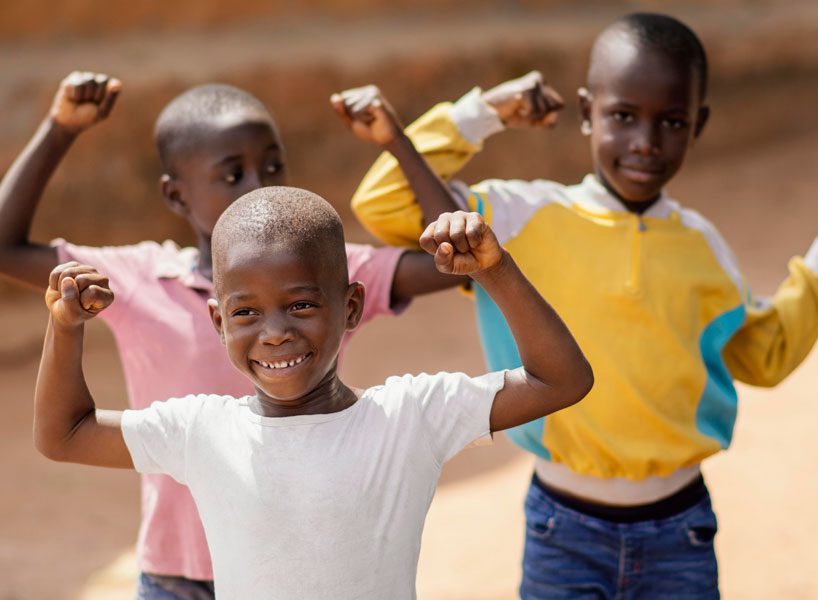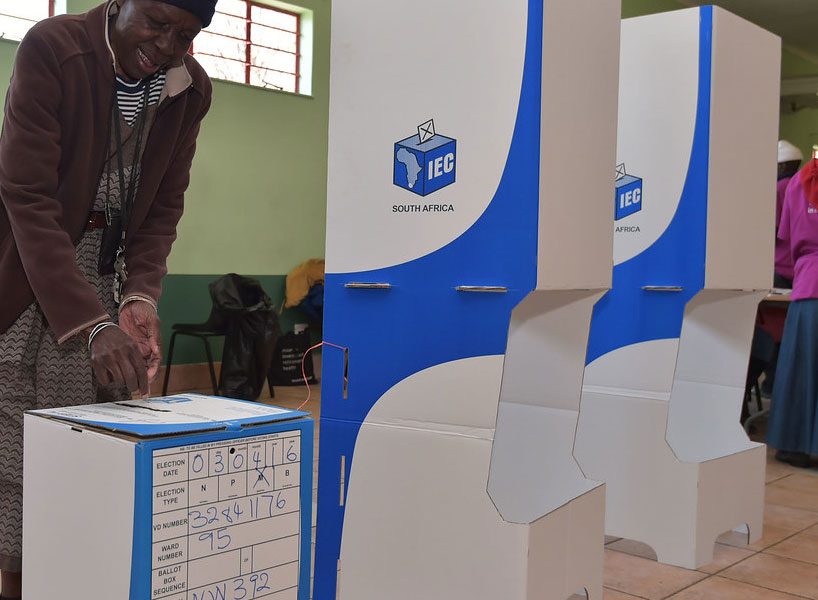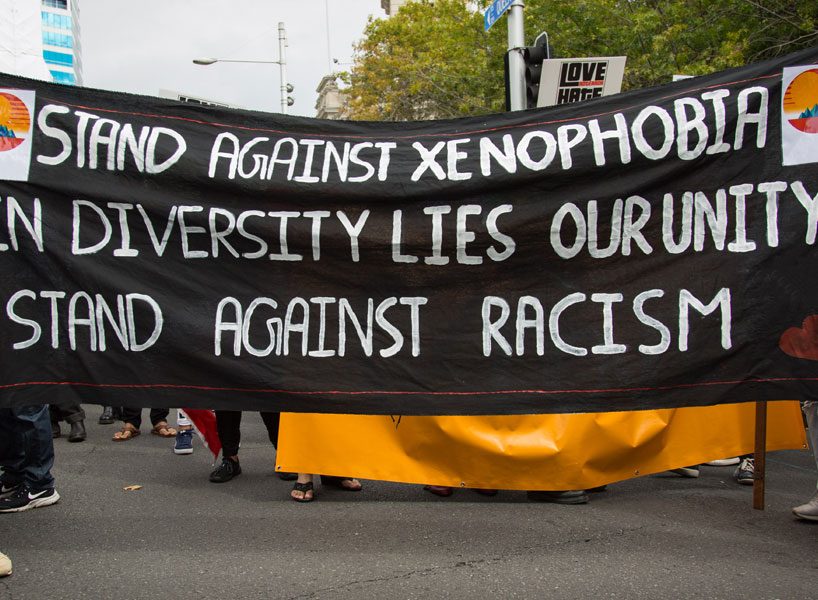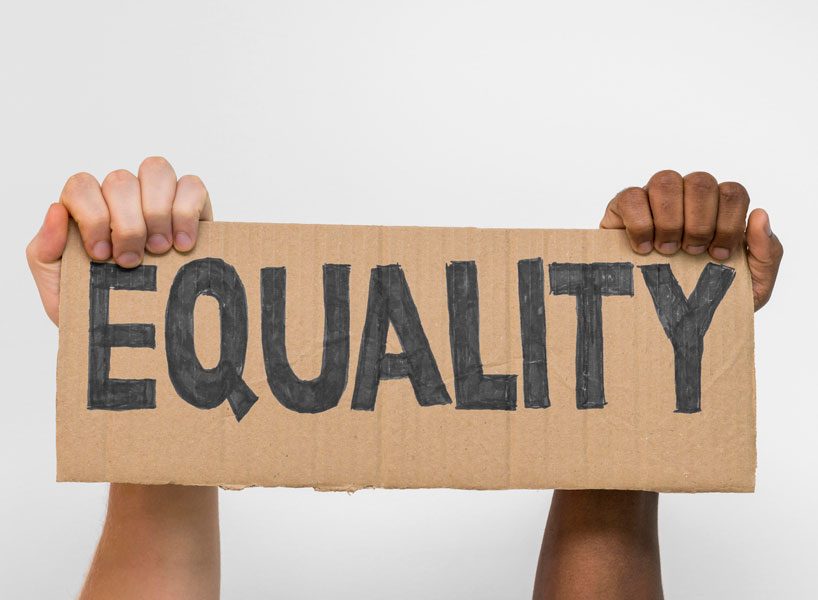RESEARCH, MONITORING AND ANALYSIS
ABOUT PROGRAMME
The Monitoring, Research and Analysis program’s goal is achieving an accountable, diverse and empowered media where reporting is ethical, data-driven and citizen-focussed.
The program contributes to MMA’s overall goal by conducting media monitoring, analysis and research that advances ethical and quality journalism that promotes democracy and human rights. This is achieved through;
- using monitoring software, where we undertake daily and periodical monitoring of media’s coverage of issues and events of national importance and, of marginalised and vulnerable groups
- using research findings, where we skill and empower the media on best journalism practice and, advocate for their adherence to this
Over the years, we have conducted over 200 monitoring, research and analysis activities. Below are some of them;
Research & Analysis

Children
For 20 years, MMA has conducted monitoring, research and analysis of how the media reports on children. Some of these monitoring activities have been conducted with children.

Elections
MMA has monitored each and every local and national election since South Africa’s first democratic election in 1994. MMA has also monitored elections in other African countries.

Gender
Gender representation is monitored in each and every monitoring exercise conducted by MMA. Monitoring of specific gender issues such as Gender-Based Violence, gender in newsrooms and #16 Days of Activism etc have also been conducted. MMA has also taken up several roles in the Gender Media Monitoring Project (GMMP). In support of this project, MMA was part of the planning committee and the data analyst of the 2005 Global Media Monitoring Project. Regionally, MMA custom-built the methodology of the 2000 Gender Media Baseline Study. We invite you to read specific reports like elections etc to get an overview of how the genders are represented.

Migration and xenophobia
Migration and xenophobia are big topics in South Africa and MMA monitors how these two topics combined or otherwise, are reported in South African media. Climate change: MMA also monitors the media’s coverage of climate change to determine trends.

hate speech
MMA monitors trends in hate speech online and in partnership with PeaceTech Lab, developed a lexicon of hate and hateful terms in South Africa. To view trends in hate speech in South Africa.

Special analyses
MMA also conducts special monitoring activities of different people and issues and events of national importance. An example of this is the special monitoring that was conducted to determine trends in media coverage of Covid-19, Back to School, the 2021 July unrest etc.
MADOAT
MADOAT is an online media advocacy tool that highlights the best and worst examples of media reporting on children in the media. It helps to push for increased accountability among editors and journalists when it comes to reporting on children’s issues. At the same time, it creates an online opportunity for children to rate the articles and comment on them, thereby also interacting with the media.
Media Monitoring Africa (MMA) does this by writing commentaries about stories that violate or promote children’s rights. On a weekly basis, staff members nominate stories about children from newspapers, television or online media that;
- represent good practice, where the media has promoted the rights and welfare of children, referred to as “GLADs”
- represent bad practice, where the rights and welfare of children have been compromised through irresponsible media coverage, referred to as “MADs”
- would have made great stories had all elements of ethical reporting and/or best journalism practices been adhered to, referred to as “Missed opportunities” or
- have a picture of children or a headline that does not correspond to the actual story and vice versa, referred to as “Decorations”
At least two stories are selected and commentaries are written from the list of nominated stories. MMA has a group of trained child media monitors who contribute to the commentary with their views after monitoring the stories. When this is done and before it is uploaded online, the commentary is sent to the journalist and editor to solicit their feedback and sometimes action. The feedback is uploaded alongside the commentary online.
MMA uses findings from our monitoring exercises to skill and empower the media. The following resources which have been developed with different stakeholders including media, children and experts are available to the media and the general public. The material has also been used to train the media on best journalism practices;
Wits Journalism course on reporting on children
Editorial Guidelines and Principles for Reporting on Children in the Media
Inclusive reporting of ordinary citizens
Gender-sensitive reporting and inclusion of women
Children and the Children & Media Project
NGOs and the Children & Media Project
Government and the Children & Media Project
Editors and the Children & Media Project
Reporters and the Children & Media Project
